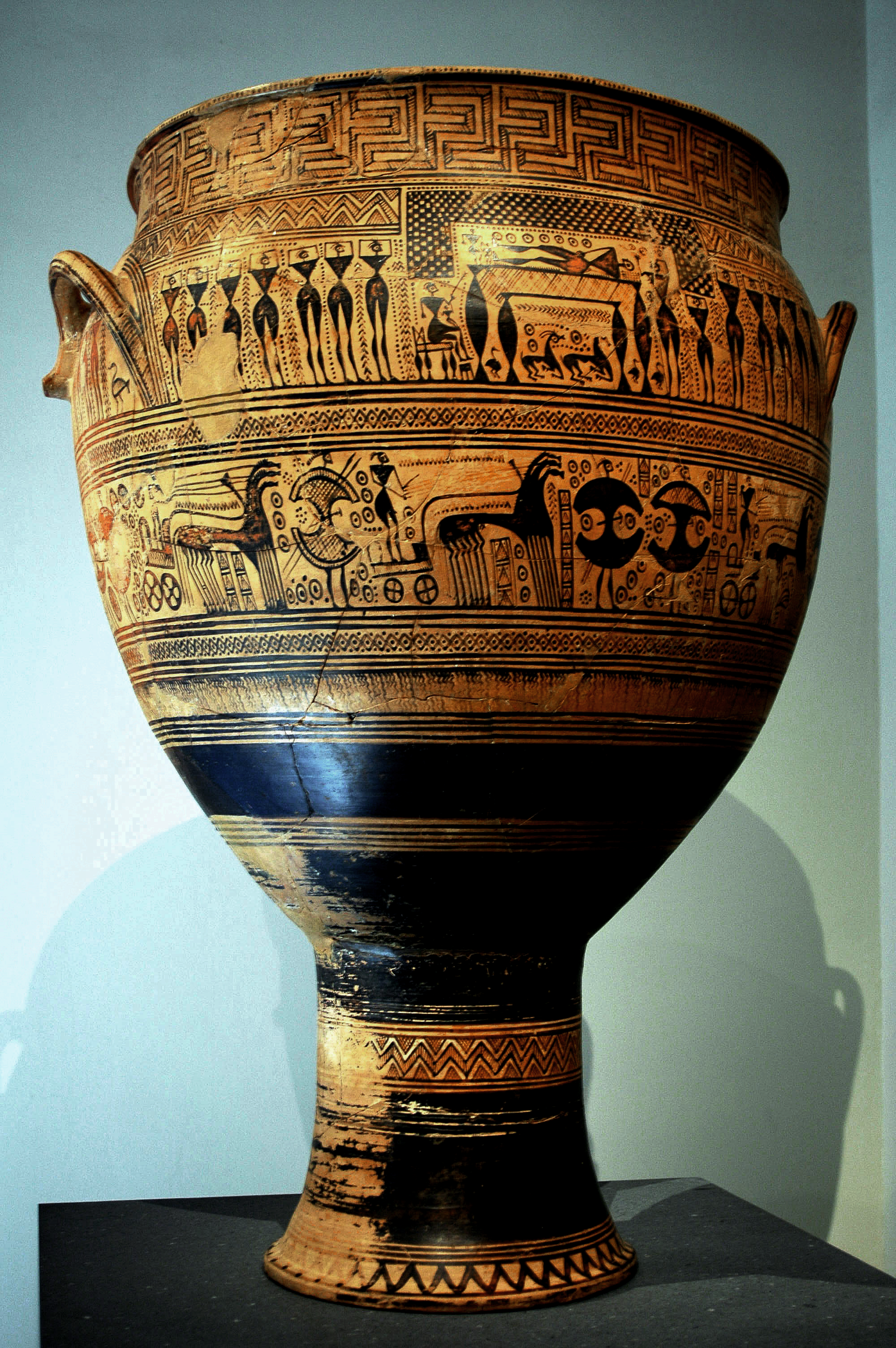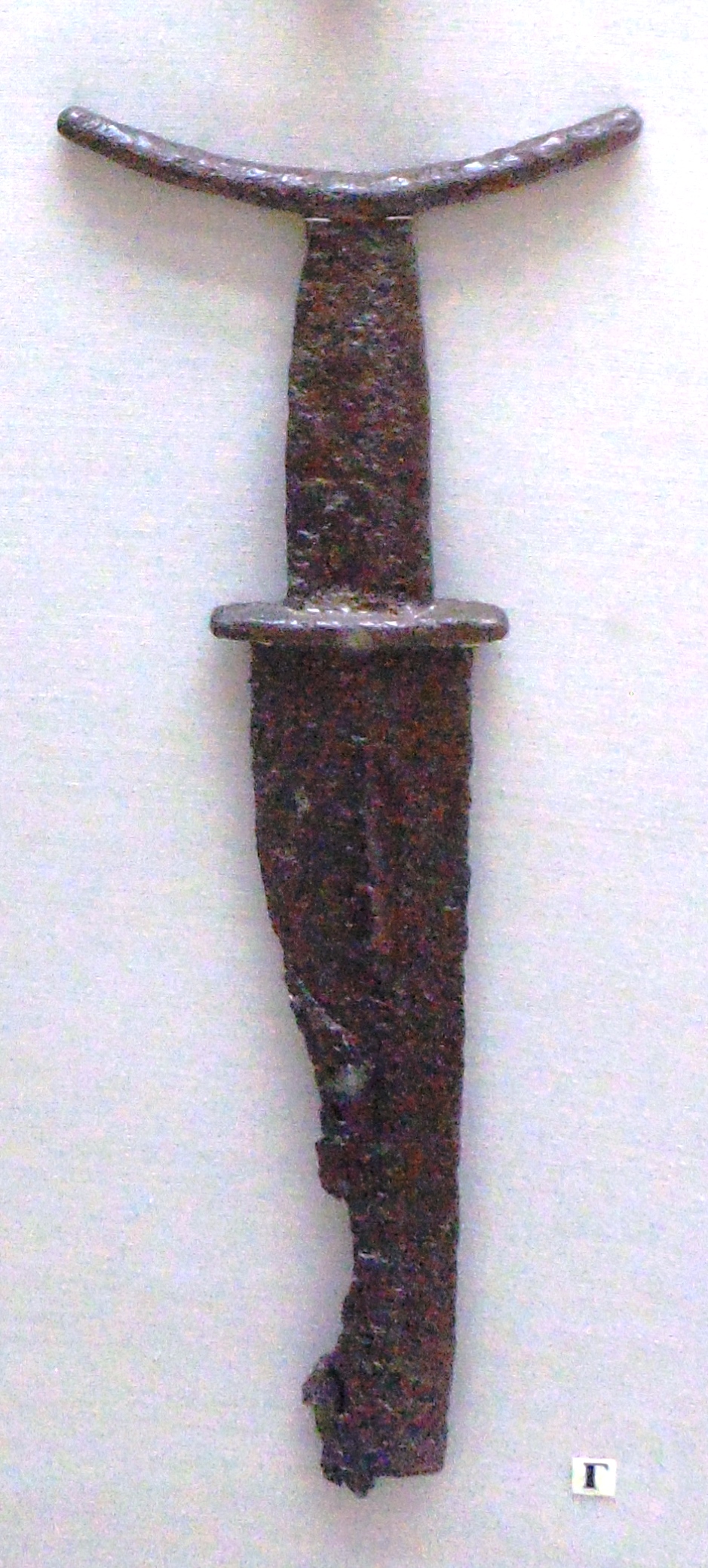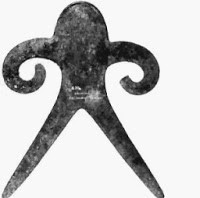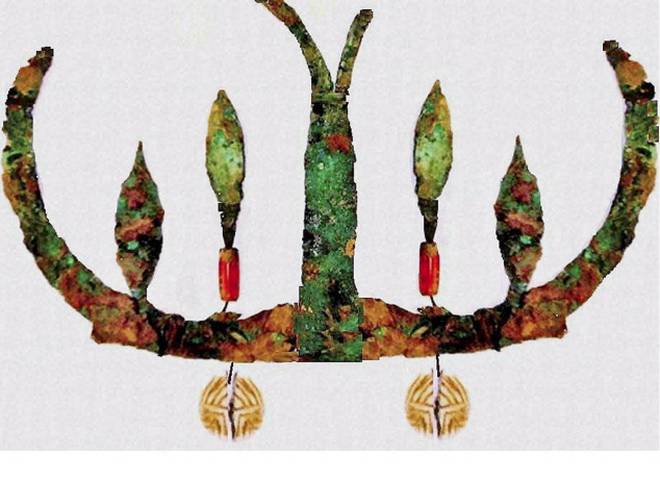This is a continuation of my thread, why okunevo culture was ignored?
https://www.eupedia.com/forum/threa...o-European-history-they-are-just-paleo-people
I really don’t understand why seima turbino culture was totally killed. Can IE migation to India really be explained without seima-turbino culture analysis?
As I said before, central asia horse people seems to start to butcher farmers in whole eurasia like mongol around 1,500bc when IE people migrated to India. Any andronovo culture was not found near south asia, but okunevo and maybe seima turbino also.


according to grigoryev,
[...settlements with round plan, ceramics with roller, bone plate armours, developed metallurgy and domesticanimals.during xvi-xv centuries artefacts closely related to seyma tradition became typical for hoards in pannonia, france and england. thus, these bronzes distribution marks the moving of celts.a new wave of newcomers left f’odorovo culture sites. some include usually this culture, together withalakul culture, in andronovo culture.]
From Seima-Turbino traditions in Northern France:

In china:
http://www.bronsereplika.no/Linduff 2017.JPG
In India:
2000 BC Sanauli warrior in supine style with chariot


https://www.eupedia.com/forum/threa...o-European-history-they-are-just-paleo-people
I really don’t understand why seima turbino culture was totally killed. Can IE migation to India really be explained without seima-turbino culture analysis?
As I said before, central asia horse people seems to start to butcher farmers in whole eurasia like mongol around 1,500bc when IE people migrated to India. Any andronovo culture was not found near south asia, but okunevo and maybe seima turbino also.


according to grigoryev,
[...settlements with round plan, ceramics with roller, bone plate armours, developed metallurgy and domesticanimals.during xvi-xv centuries artefacts closely related to seyma tradition became typical for hoards in pannonia, france and england. thus, these bronzes distribution marks the moving of celts.a new wave of newcomers left f’odorovo culture sites. some include usually this culture, together withalakul culture, in andronovo culture.]
From Seima-Turbino traditions in Northern France:

there is, probably, one more testimony to the invasion of central europe by the seima-turbino peoples. on bronze age settlements in saxony, burials are known of skulls and pieces of bones showing signs of cannibalism. unfortunately, the publication does not define more exactly to which period these finds relate [grimm, 1997]. in particular, many simi-lar finds have been made in slovakia, on settlements of the veterov, madjarovce and otomani cultures.they are known on unětice settlements very rarely.often, traces of scraping and incisions are visible on bones, and the cooking of body parts is not ex-cluded. sometimes there are pieces of skull. a cer-emonial mask found on the nitriansky hrádok set-tlement, made from the front of a skull, is especiallyinteresting [furmanek, jakab, 1997]. it should be noted that the distribution here of bronzes of seima-turbino type is dated exactly to this time and found on settlements of this group. the connection of suchrituals with these cultural groups can be demon-strated also by an example from south-westernpoland, where, at the end of phase br a2, the nowagerekwia group occurs, whose formation is usuallyconnected with the abovementioned cultural devel-opments in slovakia. at this time both fortified set-tlements and burials on settlements appeared here.very often there are separate human bones, espe-cially skulls and pieces of skull. it was uncharacter-istic of unětice culture and is subsequently absentfrom trzciniec culture.
https://www.academia.edu/3742220/Ancient_Indo-Europeans._Chelyabinsk_Rifei_2002essential changes in metalworking occurred inthe middle bronze age [megaw, simpson, 1979, p.207], of which the appearance of arrowheads look-ing back to seima-turbino forms is of most interestto us. they have a cast elongated round socket, awide long blade, and a round or rhombic socket-shank. on the socket there are eyes for attachment(fig. 78.3,4). some sockets are ornamented withtriangles or zigzags which correspond closely toseima tradition [ehrenberg, 1977]. middle bronzeage hoards also contain celts with a side eye [farley,1979]. in addition to objects linked with seima-turbino metalworking, metal of central europeanorigin occurs in the wessex complexes, in particu-lar, pins of unětician types [megaw, simpson, 1979, p. 227].
In china:
http://www.bronsereplika.no/Linduff 2017.JPG
these new observations suggest that the distribution of metal spearheads from the seima-turbino culture to northern china represents the diffusion and spread of the metallurgical technique. from the metallurgical perspective in particular, the bronze casting of spearheads indicates the origin of piece-mould casting and core-casting technology, which influenced the bronze vessel casting method in china. we therefore suggest that the early chinese metallurgy of the lower xiajiadian culture in the western liao river area can be linked to the seima-turbino culture; this technique had spread from the altai mountain area to northern china via the taosi culture. after spreading to the lower xiajiadian culture, it finally arrived at the qijia culture of qinghai and gansu provinces in the west
soviet scholars are convinced that the custom of depositing chariots in the graves of the shang rulers came from the west, as well as the ceremonial significance of the the chariot itself. the finds of sintashta, where the wheels are standing in furrows carefully dug into the soil of the grave-chamber(exaclty in china) as well as the conventionalized rock carvings, confirm this thesis.
abstract: records on human sacrifice have been revealed by the oracle-bone inscriptions of shang dynasty. human sacrifices carry special symbolic significance in shang dynasty for worshipping spirits. different methods of killing were used in worship rituals. as the inscription reveals, some words are used as the methods of killing of human beings in general. in the meantime, some special characters are used to refer to specific killing methods through analysis of the characters and structures of the language. the lecture will focus on 12 different methods of killing human sacrifice. the methods include beheading, splitting the body into halves, dismembering bodies, beating to death, chopping to death, extracting blood, burying alive, drowning, burning to death, boiling, corpse displaying, exposing body part to hot sun. with the analysis of the different methods of human sacrifice, it is easy to conclude that human sacrifice was a very common religious practice in shang dynasty. these practices reflect the cruelty of the rulers to their subjects and their piety towards the spirits they worship.
In India:
2000 BC Sanauli warrior in supine style with chariot


Last edited:




































